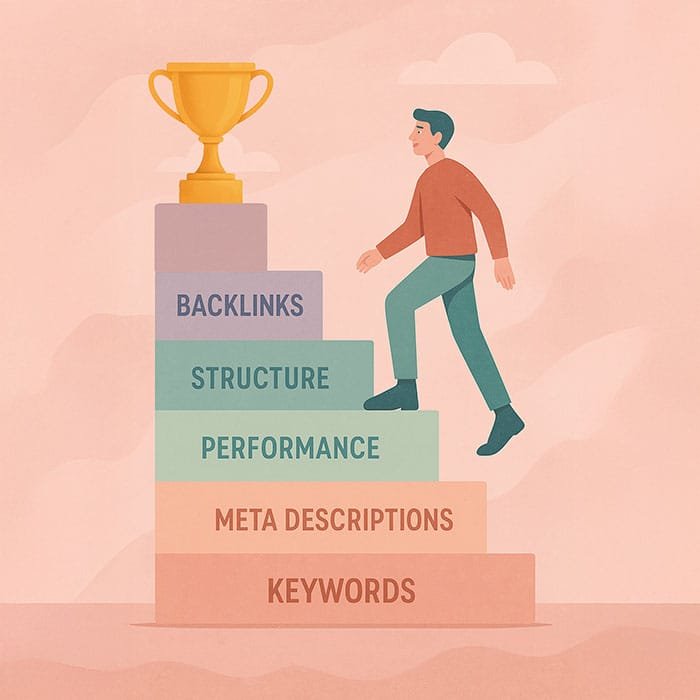Why is Web Design Crucial for Your Business?
In today's digital age, first impressions count more than ever. Imagine browsing a website, only to be immediately overwhelmed by complicated navigation and outdated aesthetics. What impression does that leave? The importance of web design cannot be underestimated, as it acts as a shop window for your business, influencing not only brand image but also user behaviour.

User experience (UX) is one of the central elements of good web design. It encompasses all aspects of a user's interaction with a product or service. Effective web design ensures that this experience is not only pleasurable, but also fluid, leading visitors to stay longer on your site. It's essential to understand that web design goes far beyond aesthetics; it must meet users' expectations in terms of functionality and accessibility. A site that offers intuitive navigation can turn passive clicks into concrete actions such as purchases or registrations.
Secondly, it is also crucial to consider the role of visual appearance in the perception of your company. A professional design can instil a sense of confidence and legitimacy. On the other hand, a sloppy site can raise doubts and lead users to look for alternatives. Visitors often take less than a few seconds to form an idea of a site's credibility. It is during these precious seconds that your design must captivate and convert.
In short, good web design is fundamental not only to increasing your conversion rates, but also to establishing a lasting relationship with your potential customers. By investing in a well-thought-out and welcoming interface, you're putting all the chances on your side to turn ordinary visitors into genuine buyers.
The Impact of Design on Attracting New Customers

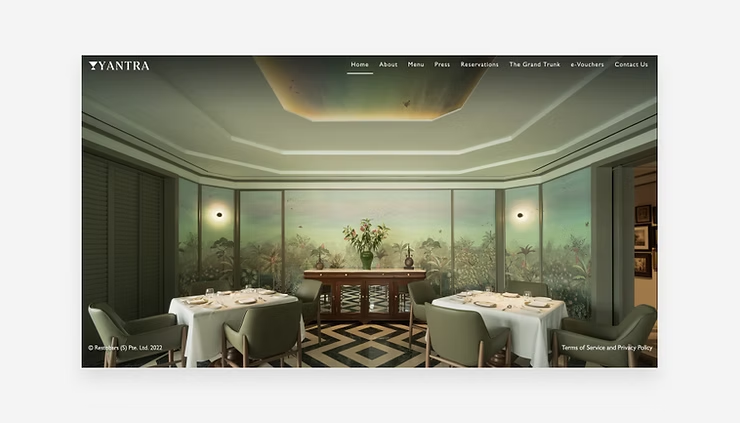
In today's digital landscape, effective web design is a key element in attracting new customers. First impressions are often determined by visual aspects such as colours, typography and layout. A judicious choice of colours can evoke emotions and influence user behaviour. For example, bright, dynamic colours can convey a feeling of modernity and enthusiasm, while softer, neutral colours can instil an atmosphere of seriousness and confidence. So the choice of colours plays a crucial role in how visitors perceive a brand and its message.
When it comes to typography, legible, well-presented text not only contributes to a pleasant user experience, it also reflects the brand's professionalism. The fonts chosen should harmonise with the company's visual identity while remaining easily decipherable on all screen sizes. A design that seamlessly integrates typographic elements can enhance a site's appeal and encourage visitors to become more engaged.
The layout of the site also has an effect on attracting new customers. A clear, intuitive structure helps users to navigate easily and find relevant information. A coherent design that respects the principles of aesthetics and functionality enhances the credibility of the brand. A professional presentation can encourage visitors to consider a company as a serious option, encouraging them to explore the site further and, potentially, make a purchase. In short, investing in quality web design is essential for capturing the attention of new customers and converting them into buyers.
User Guide: How the User Interface Drives Engagement
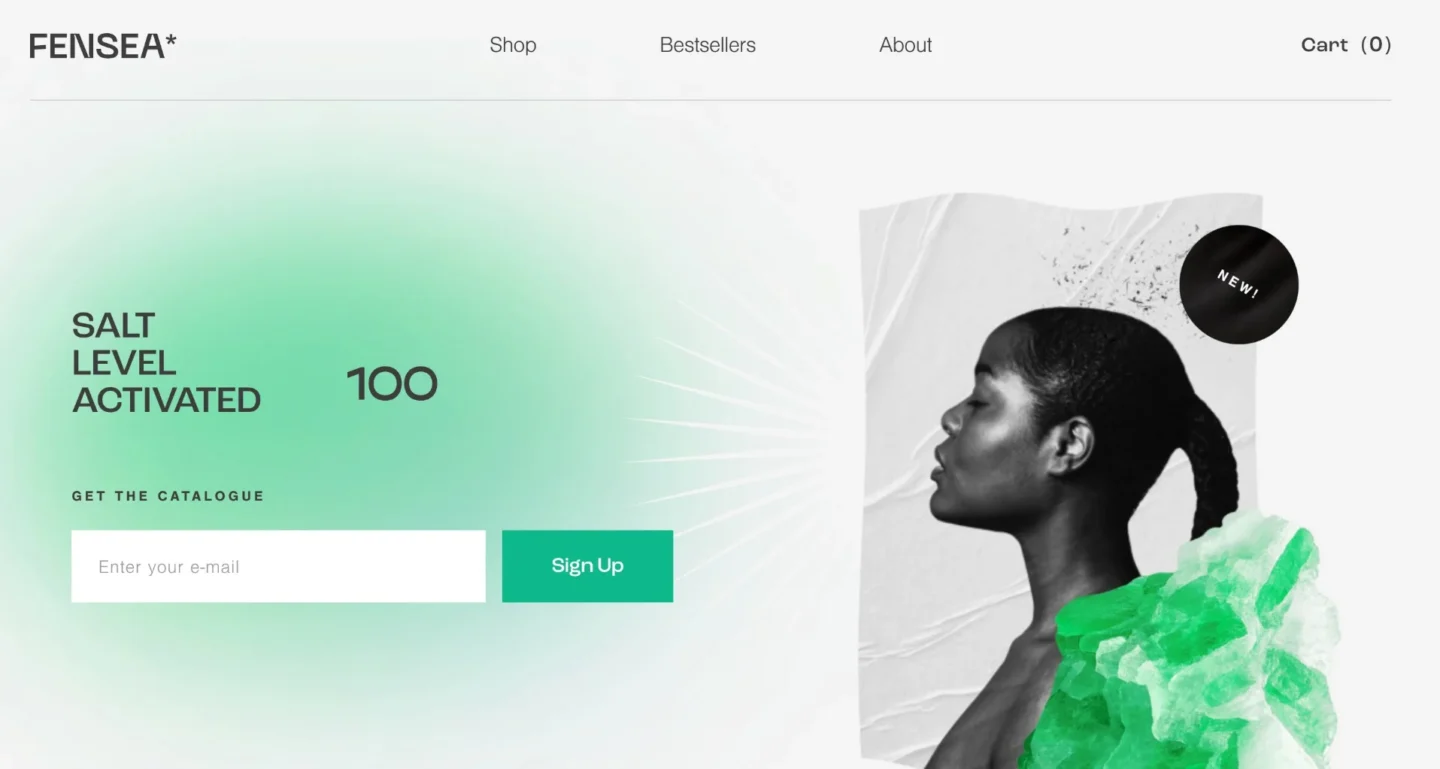
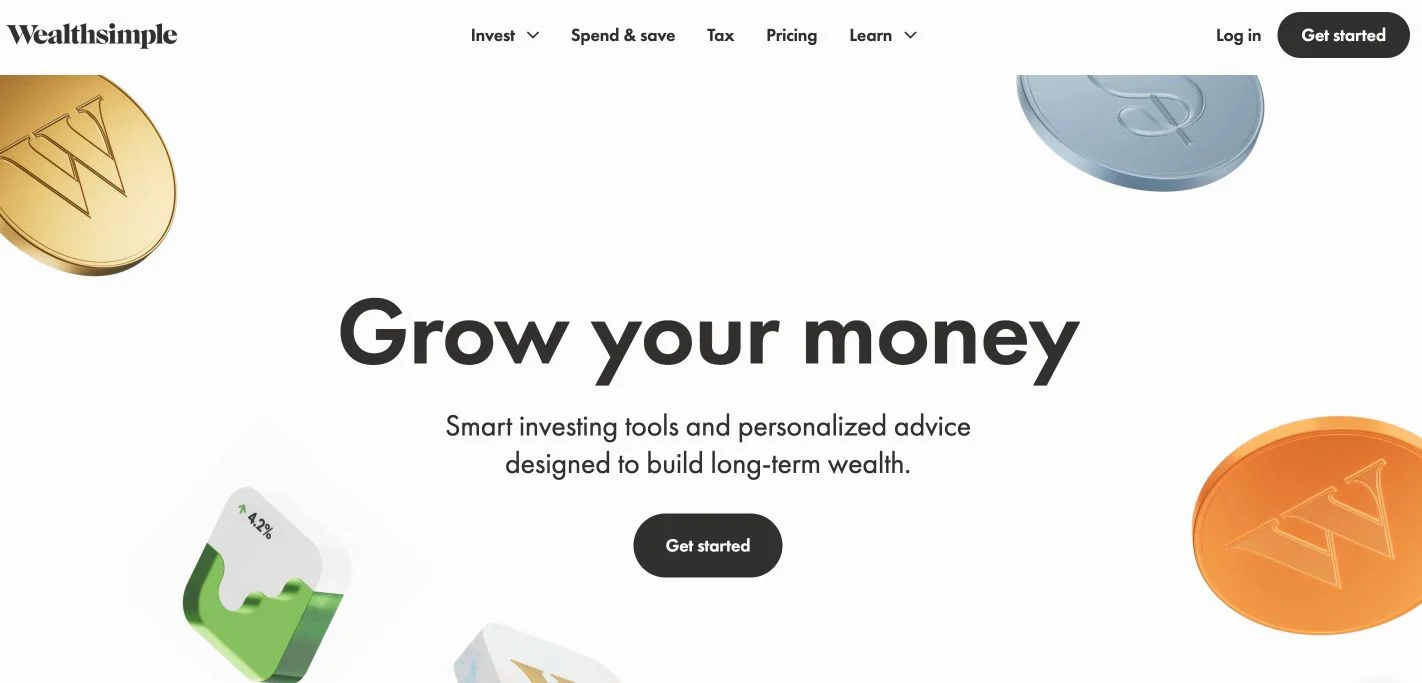
The user interface (UI) plays a fundamental role in the customer journey, directly influencing visitor engagement and conversion rates. A well-designed interface ensures fluid and intuitive navigation, enabling users to easily find the information they are looking for. By incorporating clear navigation elements, such as drop-down menus and well-equipped links, users are less likely to feel frustrated or lost, thereby reducing bounce rates.
Another crucial aspect of user interface design is the implementation of clear and visible calls to action (CTAs). These elements need to be easily identifiable and engaging to encourage visitors to take the next step, whether that's signing up for a newsletter, making a purchase or requesting further information. Well-positioned buttons and direct messages increase the likelihood that visitors will respond positively, helping to turn initial interest into concrete action.
In addition, the accessibility of the user interface is essential to ensure that all visitors, including those with physical or cognitive limitations, can interact effectively with the site. This includes the use of appropriate colour contrasts, legible fonts and alt descriptions for images. By making the site accessible to all, we maximise the potential for engagement and, consequently, the chances of conversion.
An optimised user interface not only increases the time visitors spend on the site, it also promotes a positive user experience. By creating an environment where visitors feel comfortable and confident, businesses can not only reduce their bounce rate, but also turn curious visitors into loyal buyers. Understanding the importance of the UI is therefore essential to any digital transformation strategy.
Turning Visitors into Customers: Design Strategies to Increase Conversion Rates
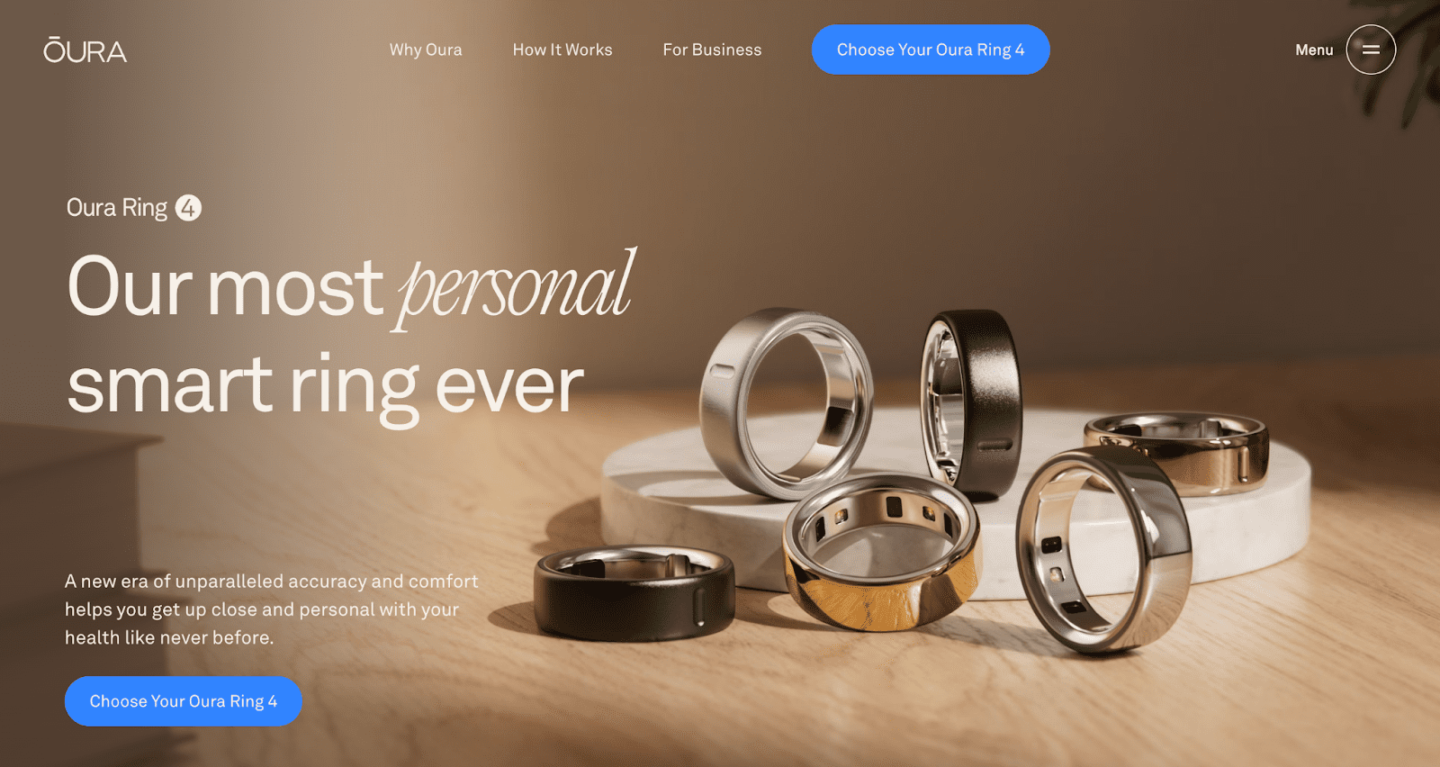
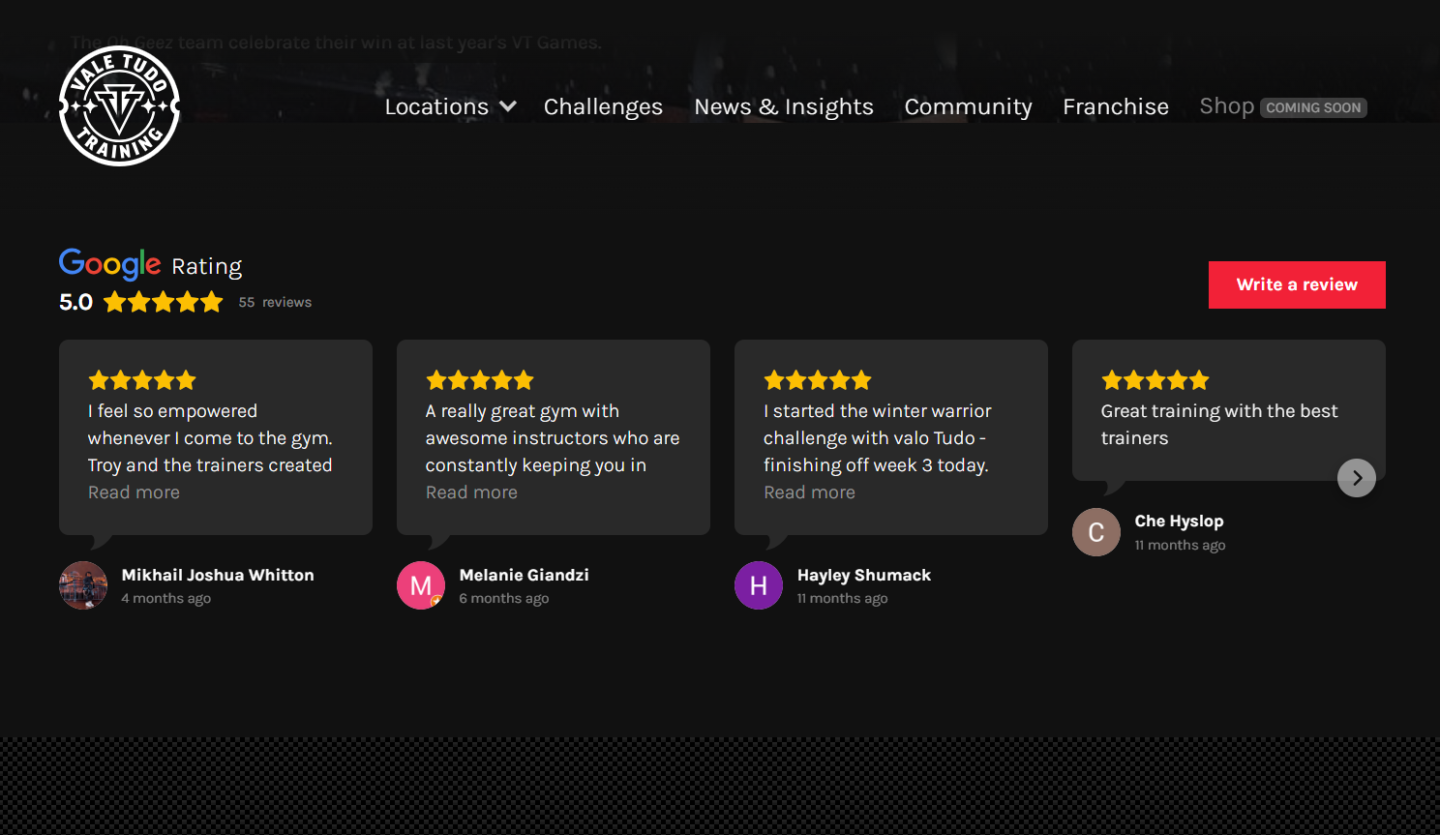
To convert visitors into customers, it is essential to adopt effective web design strategies. One of the key approaches is to use visible customer testimonials on your site. These testimonials reinforce the credibility of your brand and make new visitors feel more confident in their purchasing decision. By featuring positive reviews from former customers, you establish an emotional connection that can influence consumer choices.
Another crucial strategy is the creation of optimised landing pages. Every marketing campaign must direct traffic to a page that clearly meets visitors' expectations. These pages should be designed to minimise distractions, focusing on a single call to action. Using attractive visuals and compelling headlines can grab the audience's attention in the first few seconds. What's more, it's essential that the design is responsive, ensuring a fluid user experience on all devices.
The integration of simple, intuitive contact forms also plays a fundamental role in increasing conversion rates. Forms should be easy to fill in, with a minimum number of fields, which reduces friction for the user. An effective approach is to segment the information to be requested, focusing on essential data at the outset before going into greater depth if the customer expresses an interest. This helps to keep users engaged without overwhelming them.

Finally, A/B testing is an essential technique for refining your design strategies. By testing different variations of pages or visual elements, you can observe performance and adjust accordingly. This method allows you to continually optimise your site based on real data, ensuring that each change adds real value in terms of conversion.

